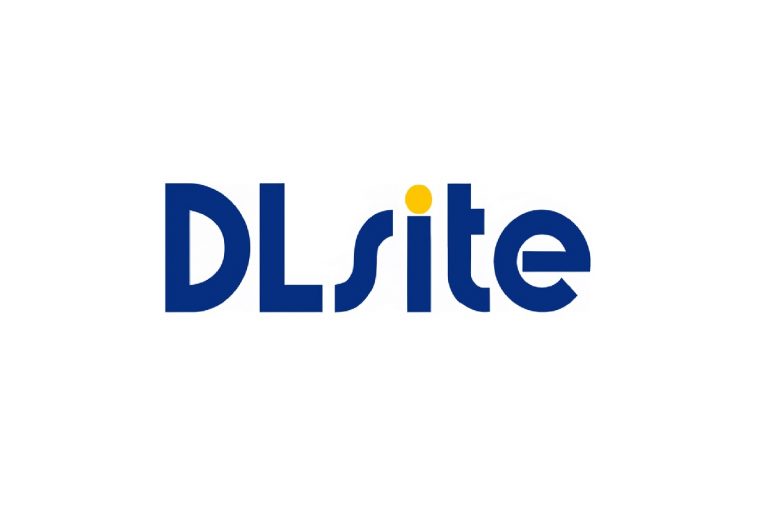Indie game publisher Critical Reflex was founded in 2020, with their base of operations located in Cyprus. Last year, they electrified the indie scene with breakthrough hits like Buckshot Roulette and Mouthwashing. During the recent Steam Next Fest June 2025, they showcased No, I’m not a Human, which attracted the 8th highest number of unique players out of over 2,500 titles – reaffirming their position as one of today’s most promising indie publishers.
How did Critical Reflex come to be? How do they choose what games to pick up and what is their purpose as a publisher? Automaton recently conducted an email interview with the company’s founder and representative Rita Lebedeva to find out.
―Please introduce yourself.
Rita Lebedeva (hereafter Rita): Hi, I’m Rita Lebedeva, the founder and CEO of CRITICAL REFLEX. I’m mostly fueled by caffeine, cursed video games, and an obsessive need to help weird, beautiful things be seen by the right people. I’ve been playing strange games and haunting internet spaces for most of my life. Now I run a publishing label that tries to honor that spirit. If you have a game that feels like a mistake in the simulation, we should talk.
―What kind of publisher is Critical Reflex? Could you tell us about how the company was founded?
Rita: CRITICAL REFLEX is what happens when a bunch of internet-poisoned weirdos with good taste, marketing skills, and emotional damage decide to do things their way. We’re a publisher that champions experimental, atmospheric, genre-bending titles games that might scare off traditional publishers, but make us feel something in our guts.
We started small, just a handful of us, working across time zones with no budget but a lot of vision. It wasn’t a clean spreadsheet plan, it was more of a compulsion. We wanted to help creators who weren’t being seen, and we wanted to do it our way: fast, creatively, and with respect to the art.
―Critical Reflex is based in Cyprus. Could you tell us why you chose Cyprus as your base of operations?
Rita: We chose Cyprus for a few practical reasons, mostly tax, time zone, and a certain logistical flexibility. But if I’m being honest, I think we could’ve ended up anywhere. CRITICAL REFLEX is mostly a digital organism – we’re scattered across the world, working in chaotic harmony. The label lives more in our Discord and our cultural mindset than any physical headquarters.
―Last year, you published several hit titles such as Buckshot Roulette and Mouthwashing. What sparked the success of these games? Could you walk us through how each of them gained momentum?
Rita: Each of those games broke through for different reasons, but both succeeded because they felt undeniably specific and impossible to ignore once you saw them.
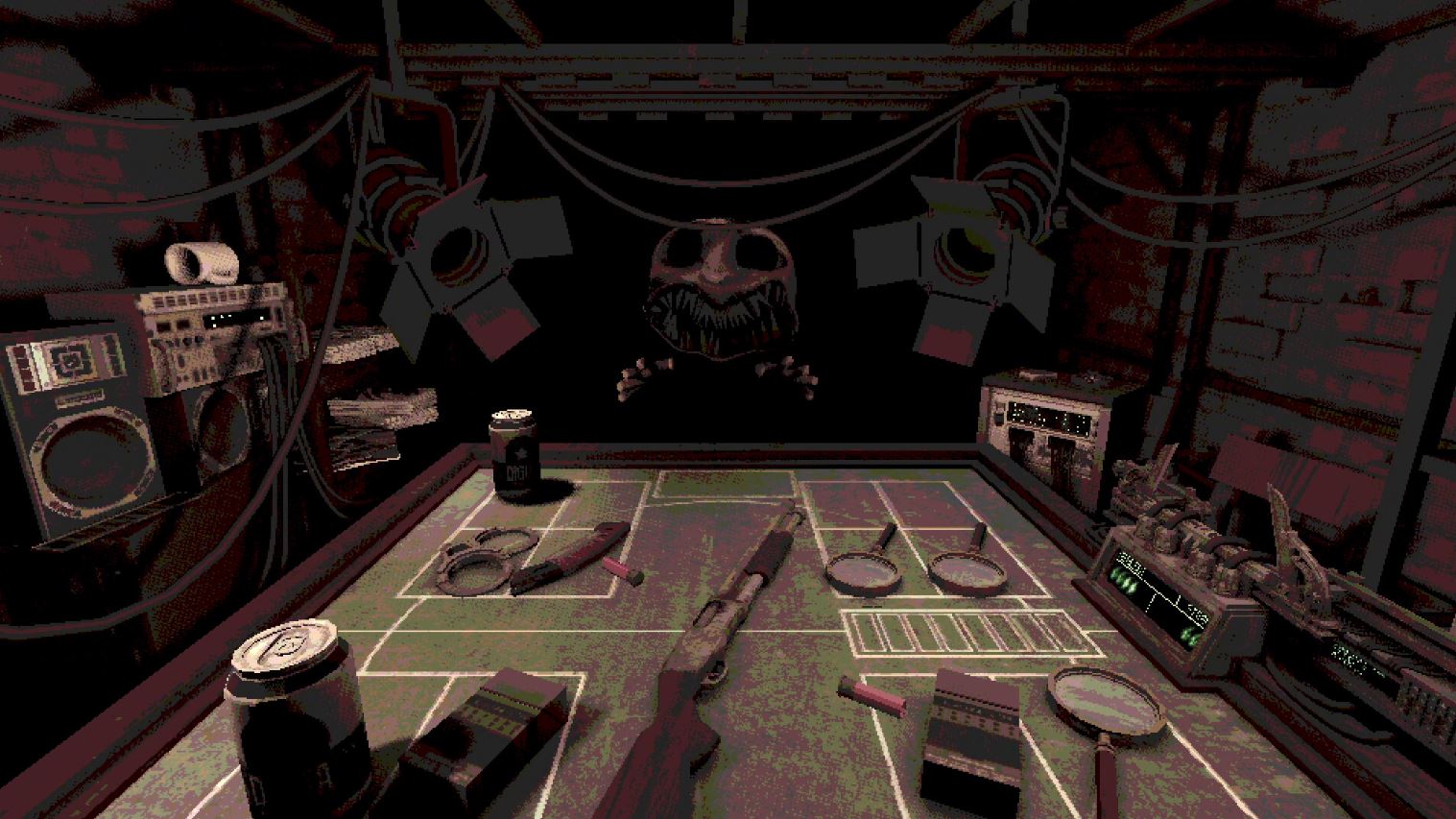
Buckshot Roulette tapped into something primal. It’s minimal but incredibly focused. The dread builds with every round, and the sheer tactility of the game, the way the lighting hits, the clunk of the reload, the panic in the player’s face is just… deliciously watchable. The sound design and music do a lot of the heavy lifting too. It’s not flashy, but it knows exactly how to crawl under your skin and stay there. Streamers picked it up almost instantly, and the format was perfect for YouTube and TikTok. It went from, “What is this strange little horror game?” to “Oh god, everyone’s playing this,” in record time.
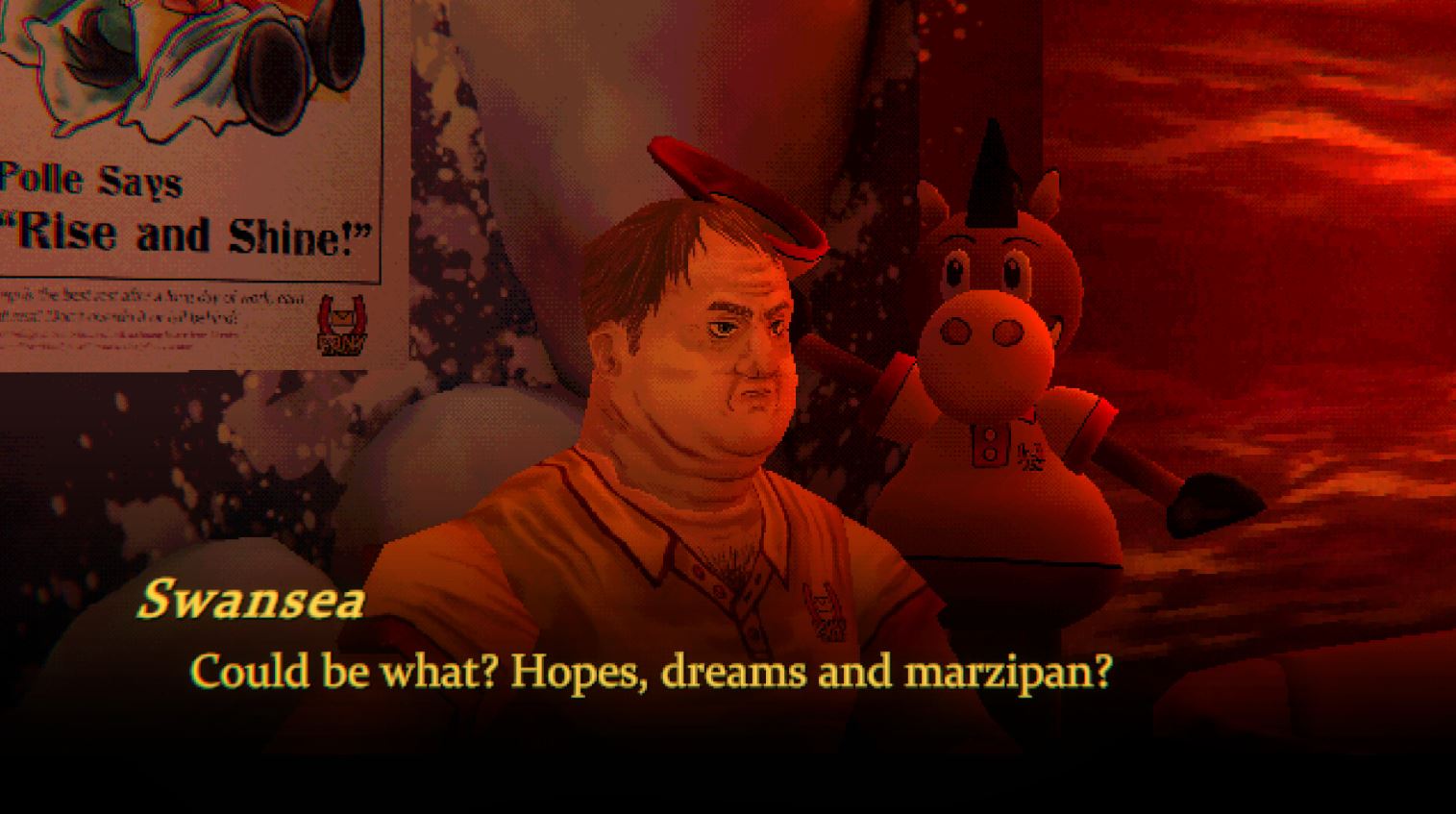
Mouthwashing was the opposite in tone and pacing – a quiet, grief-soaked slow burn that offers no choices, no escape, and no catharsis. It’s a deeply unsettling character study wrapped in striking visuals. People came for the psychological horror but stayed for the cast. Every character feels alive and wrong in their own unique way. The way the story itself unfolds leaves players with more questions than answers. We didn’t over-market it, we just let it simmer. And then it started spreading like a whispered secret. What surprised us is that its CCU didn’t drop but kept climbing for two, even three months after launch. That’s rare, and it proved something to us: if you treat your weird little narrative games with trust and care, they’ll find their people.
―You’ve published a number of short, atmospheric games like Arctic Eggs and THRESHOLD. What criteria do you use when selecting titles to publish?
Rita: We’re not looking for genre or scope. We’re looking for emotional signals. Does this game say something new? Does it feel cursed, tender, angry, or unforgettable in some way? We’re not afraid of short games if they leave a mark.
When our team plays submissions, we don’t go by majority vote. We go by who’s willing to fight for it. If someone on the team says, “I can’t stop thinking about this,” that’s the spark we follow. We’re a vibe-based publisher. And the vibe is sacred.
―If you were to describe your identity as a publisher, how would you explain it?
Rita: We don’t want to be known for one kind of game. We want to be known for backing the ones no one else dares to touch. Our identity is tied to risk, experimentation, and cultural resonance. We’re trying to build a legacy of unforgettable titles, the kind people talk about years later, the kind that make other devs braver. We’re shrine-maidens of strange games. Or gremlins with publishing contracts. Either way.
―In your view, what sets Critical Reflex apart from other publishers?
Rita: We don’t market to “weird gamers.” We are weird gamers. We’re on the same Discord servers, modding forums, fanfic sites. We get the tone, the humor, the aesthetic. We don’t just promote games, we build worlds around them. Animated trailers, cursed ARGs, in-house meme drops – we go hard. Also, we keep a lot of things in-house, which allows for smaller recoups and more flexibility. We build cross-promotions with our own audience, not just platform boosts. And most importantly, we’re not scared of things that are hard to categorize. We lean in.
―You’ve also taken on publishing duties for already released titles such as Lunacid. This seems like a rare move for indie publishers these days. What was your intention behind this decision?
Rita: Lunacid deserved more attention. It had a strong community, amazing vibes, and it was being lovingly updated by a solo dev – but it needed help getting over the visibility wall.
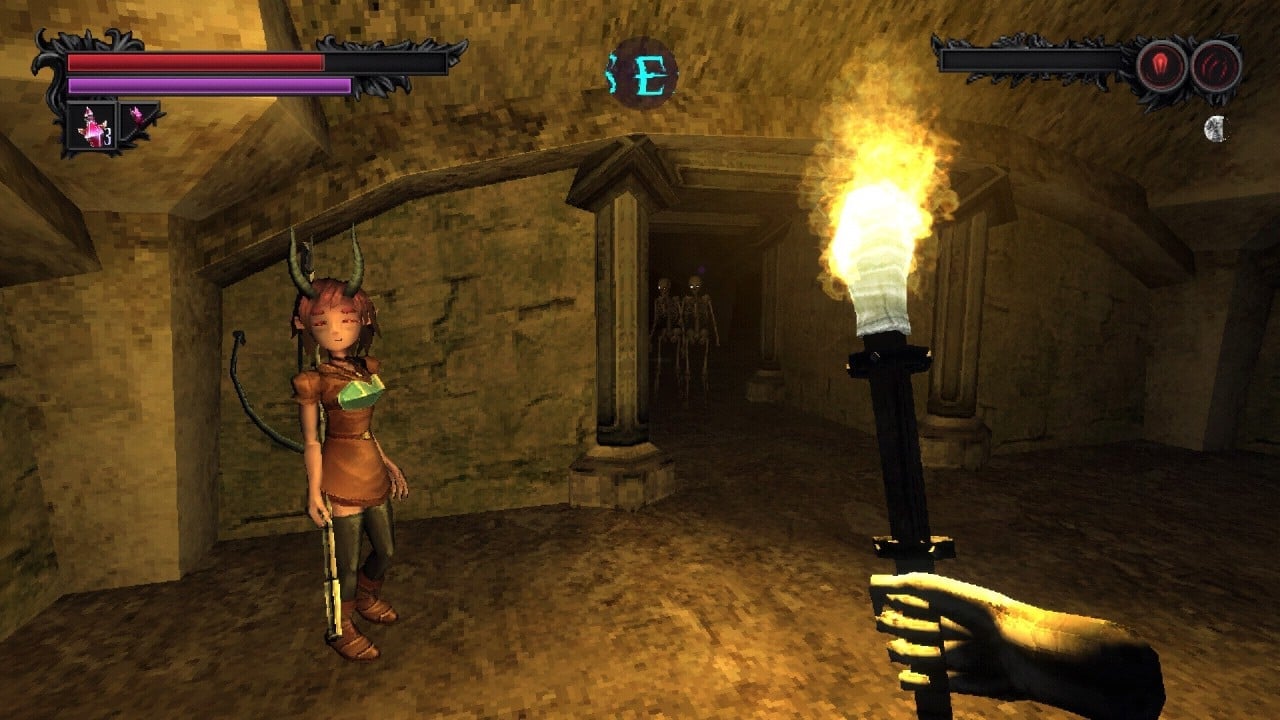
We didn’t want to change the game, we just wanted to amplify what was already working. Sometimes you don’t need to rebuild the wheel, but put a real big light on it to help potential fans notice it. If a game has a heart and momentum, we’re happy to jump in mid-run and help it go an extra mile.
―Japan may not be such a large market on Steam, yet you’ve actively showcased at events in Japan and even implemented full Japanese voice acting in Freaked Fleapit. What is your strategy behind this focus on localization and outreach?
Rita: In my opinion Japan has always been a cultural powerhouse when it comes to shaping how games feel. For me personally, that influence runs deep. I grew up glued to anime, playing untranslated PS2-era games I honestly didn’t understand just to feel the vibe. I fell in love with things that didn’t care if they were too weird or too heartfelt. A lot of what I do now, including the way I think about narrative structure, aesthetic cohesion, or just the guts to make something unapologetically strange comes straight from that legacy. I think a lot of my vision formed thanks to the influence of Japanese media.
So when we’re working on a game like Freaked Fleapit, it’s not just inspired by anime or arcade culture. It belongs to that lineage. It’s loud, flashy, character-driven, borderline deranged in the best way. And if we didn’t localize it with full Japanese voice acting and proper care, it would honestly feel like a betrayal of the spirit it came from.
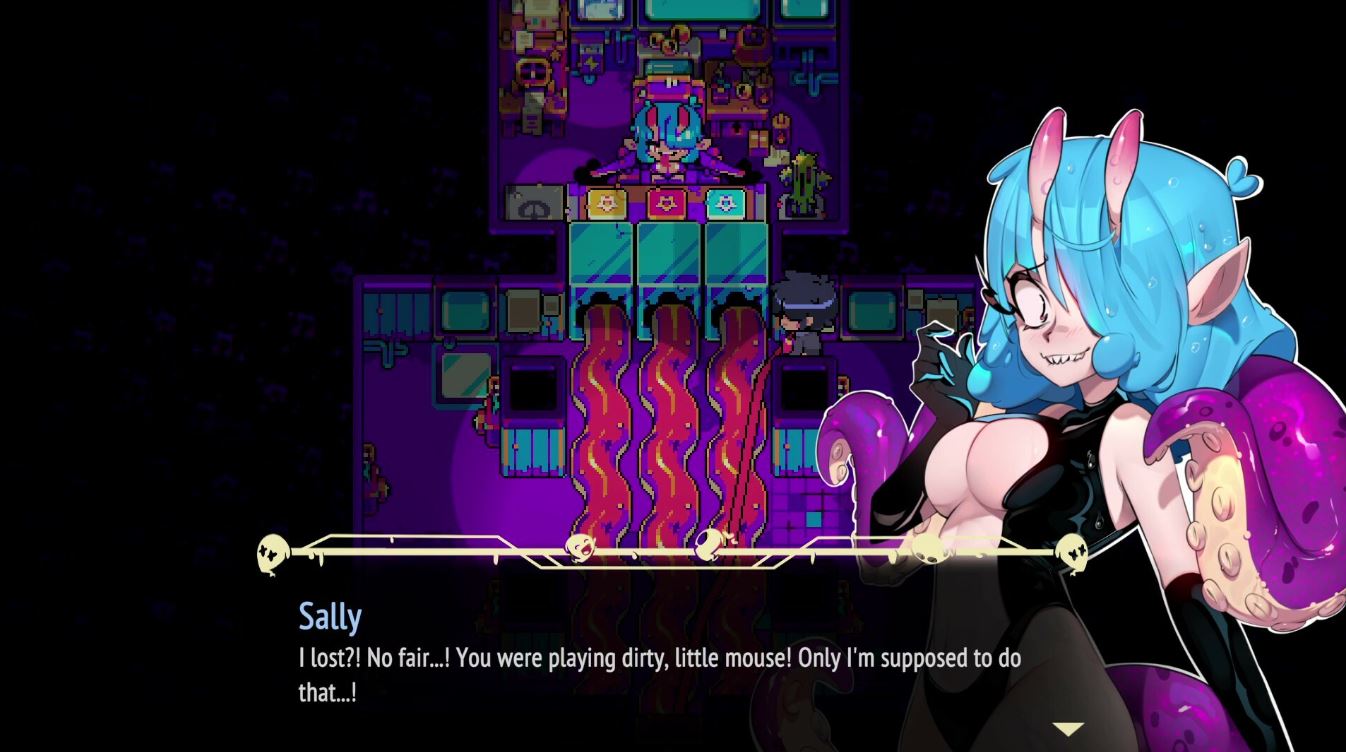
We don’t do localization like it’s a checkbox. We treat it like worldbuilding. If a game feels like it belongs on a CRT screen in a Shibuya basement arcade, we want it to actually be there, in your language, with voices that match the vision, dripping with love. Not because of sales projections, but because it’s the right way to show respect.
And seeing support from Japanese players? That hits us right in the heart. You notice everything: the small flourishes, the animation choices, the tonal shifts and when you respond to our work, it feels like the coolest form of validation. We see it. We talk about it. It means more than I can put into a neat sentence. This industry gave me so much when I was just a weird kid on a dial-up connection trying to decode what the hell was happening in Shin Megami Tensei. If I get to help bring something weird and beautiful back to Japan now, I’ll do it every time.
―You’ve been involved with highly anticipated titles that gained attention at showcases, such as Militsioner and No, I’m not a Human. Why do you think developers choose to work with Critical Reflex?
Rita: Because we don’t just “support” their weirdness, we understand it. We come from the same chaotic corners of the internet and the same creative ecosystems. When a dev shows us something raw, strange, or hard to pitch, we don’t flinch. We lean in. We get excited. We immediately start spitballing trailer formats, meme drops, Discord activations, strange merch ideas. We’re not here to say, “This is too niche,” we’re here to say. “What if we leaned into the niche so hard it became a cult?”
We don’t try to sand off the sharp edges of a project to make it safer. That’s boring. Instead, we ask: “What would this look like if you took the brakes off?” What if you made the thing that truly scares you to make, and we backed it all the way?
And most importantly, we don’t just bring hype. We bring execution. Our team knows how to build full creative campaigns that feel bespoke, alive, and true to the dev’s voice. It’s not just a business deal, it’s a creative alliance. And I think devs sense that right away. That we’re not here to manage their game like a product. We’re here to help it take its final form.
That’s why they come to us – because we’re not just publishers. We’re collaborators, ritual facilitators, and sometimes midwives to monsters.
―You’ve established CR Channel, a sub-label focused on horror games. What’s the background and purpose of this initiative?
Rita: Honestly? It started as a 5AM sleep-deprived manic brainstorm. We were already publishing weird horror titles like Flawless Abbey and Drowned Lake, and when the devs of TELEFORUM asked us for help, something just clicked. You could market these games separately, build little silos, try to explain each one individually… or you could embrace the chaos and give them a collective voice.
CR Channel was born from that impulse. It’s not just a label, it’s a haunted television broadcast you tune into by accident at midnight and can’t quite turn off. It’s a cursed anthology where every game feels like it might be connected to the next, even if no one will say how. It’s a fanclub, a moodboard, a horror organism. A chaos portal we can use to reach players who want to be unsettled in specific, artful ways.
The main label is where we handle a wide range of games across genres and tones, but CR Channel lets us go fully feral. We can experiment more with tone, format, release strategy, dropping games for free, letting them spread like urban legends, building trailers that feel like VHS tapes unearthed from a basement. It creates a direct pipeline to the players who are looking for exactly that kind of experience: games that whisper, that linger, that might infect your dreams a little.
And from a strategy standpoint, it’s been incredibly effective. Cross-promotion becomes seamless. The audience gets what CR Channel is about from the first frame of a trailer. And developers love it too. It gives their games a home with other misfits, and it gives us the freedom to market them based on vibes, not just features. It lets us go feral in ways the main label can’t.
―Finally, could you introduce some of the titles you have planned for future release?
Rita: We’ve got a wild slate coming up, and each one feels like it crawled out of a different part of the collective dreamspace. Here are some launching pretty soon.
No, I’m Not a Human is a fever-drenched, apocalyptic paranoia sim where the only thing more dangerous than the Visitors… is letting the wrong one in.
Tanuki: Pon’s Summer is a chill, heartfelt BMX-postal-life-sim where you deliver packages, make friends, and save a shrine before the big festival hits all while doing crazy tricks on your BMX like Studio Ghibli meets Tony Hawk.
GIMMIKO is a hyperkinetic, dice-building roguelite where folklore demons flood the world and your only weapon is a handful of magical dice and pure chaotic energy.
Militsioner is a surreal escape sim where a giant cop watches your every move in a sunlit police state that feels more like a dream you can’t wake up from.
Drowned Lake is a fishing survival horror game soaked in Brazilian folklore, where three strangers search for a missing man and end up dragging their own secrets from the water right alongside the monsters.
TROLEU is a chaotic first-person fare-checking brawler where you’re a bus conductor enforcing order with a ticket machine in one hand and your fists in the other. Welcome to public transport hell.
IDET is a metafictional psycho-horror adventure set in a diner at the edge of time. Serve eldritch meals, charm divine weirdos, and solve a murder before you become the next special on the menu.
We’ve got more unannounced things lurking in the shadows too, but if you like beautiful risks, weird vibes, and games that leave a mark, you’ll like what’s next.
―Thank you for your time!





